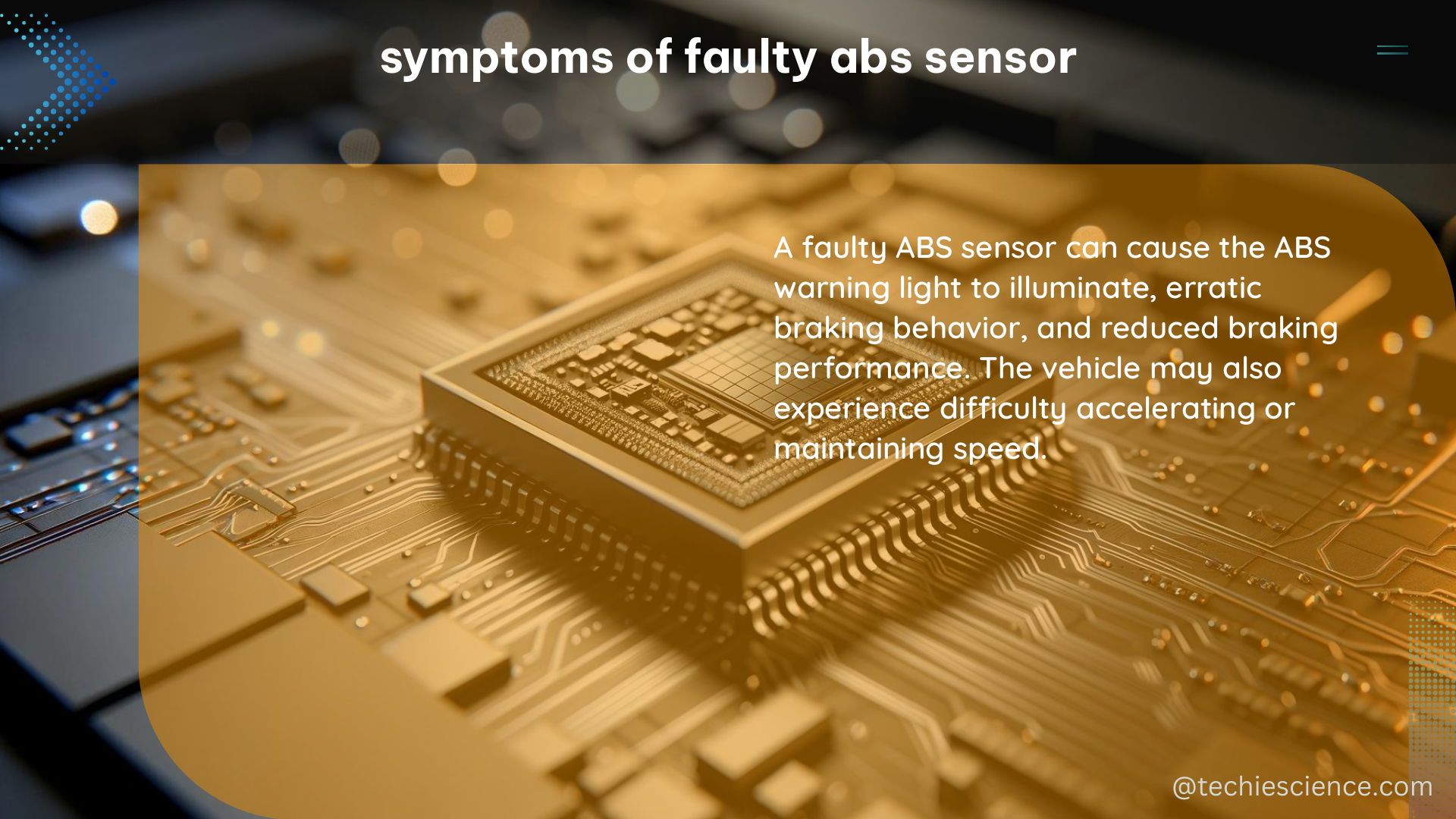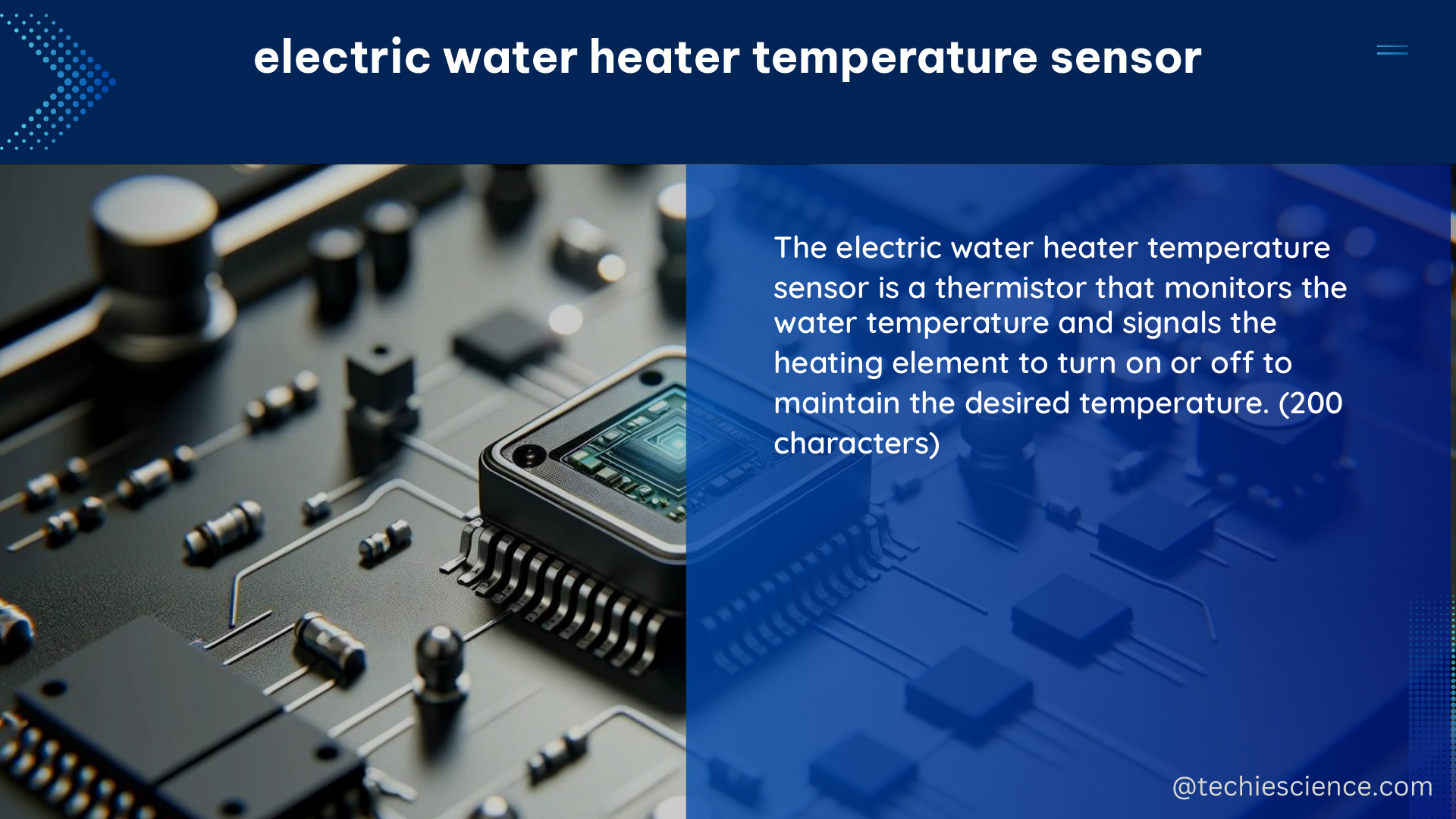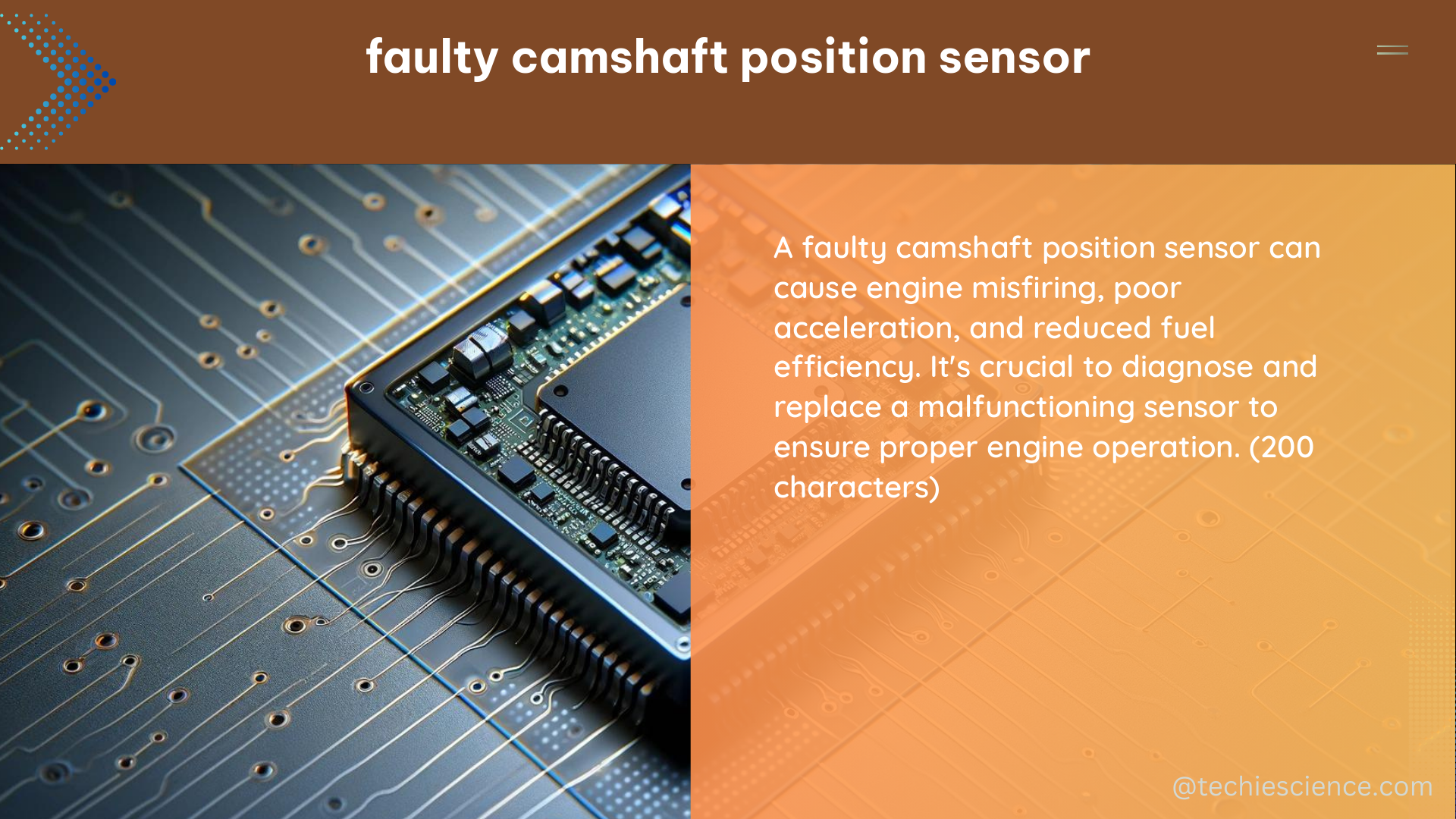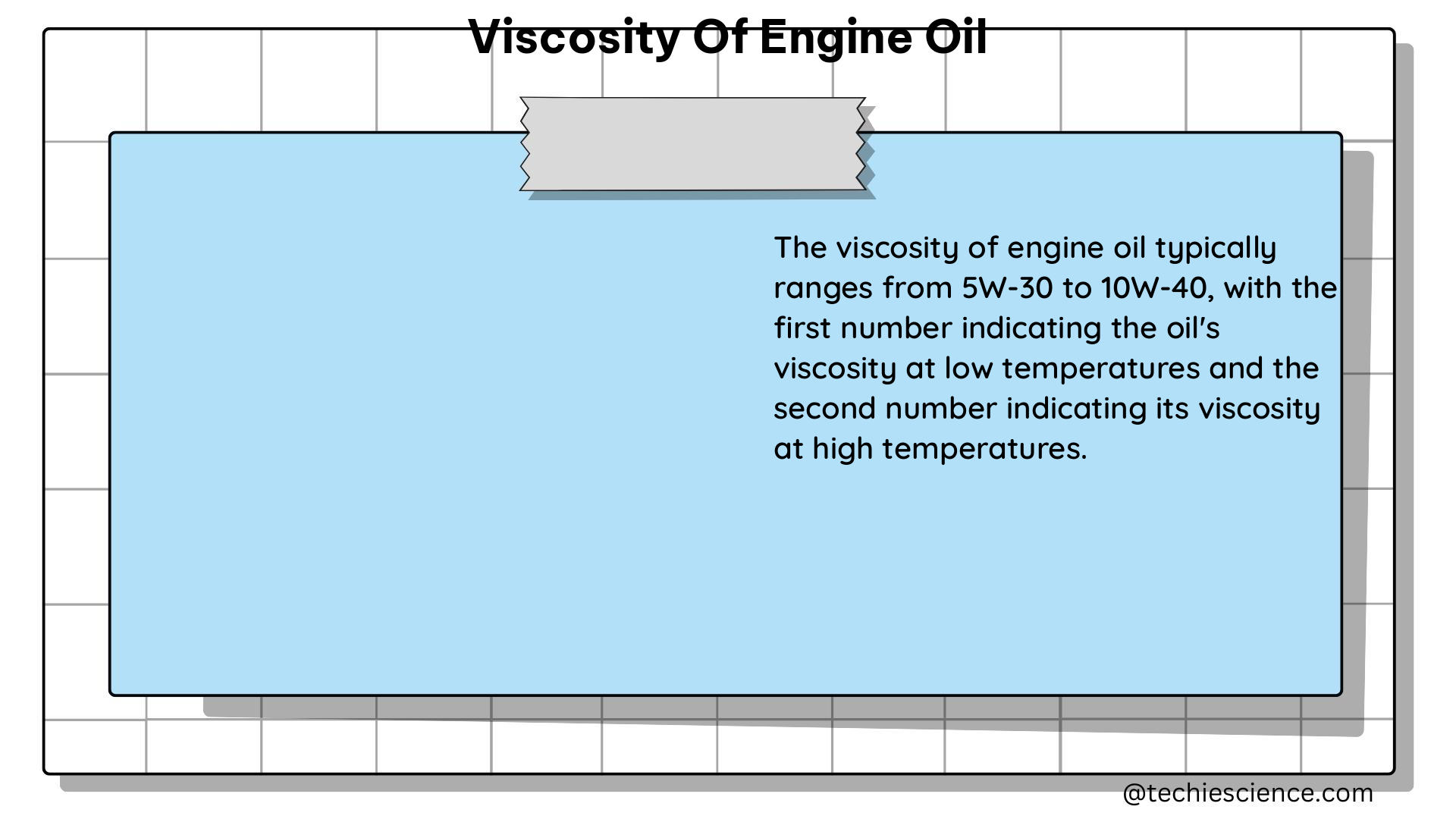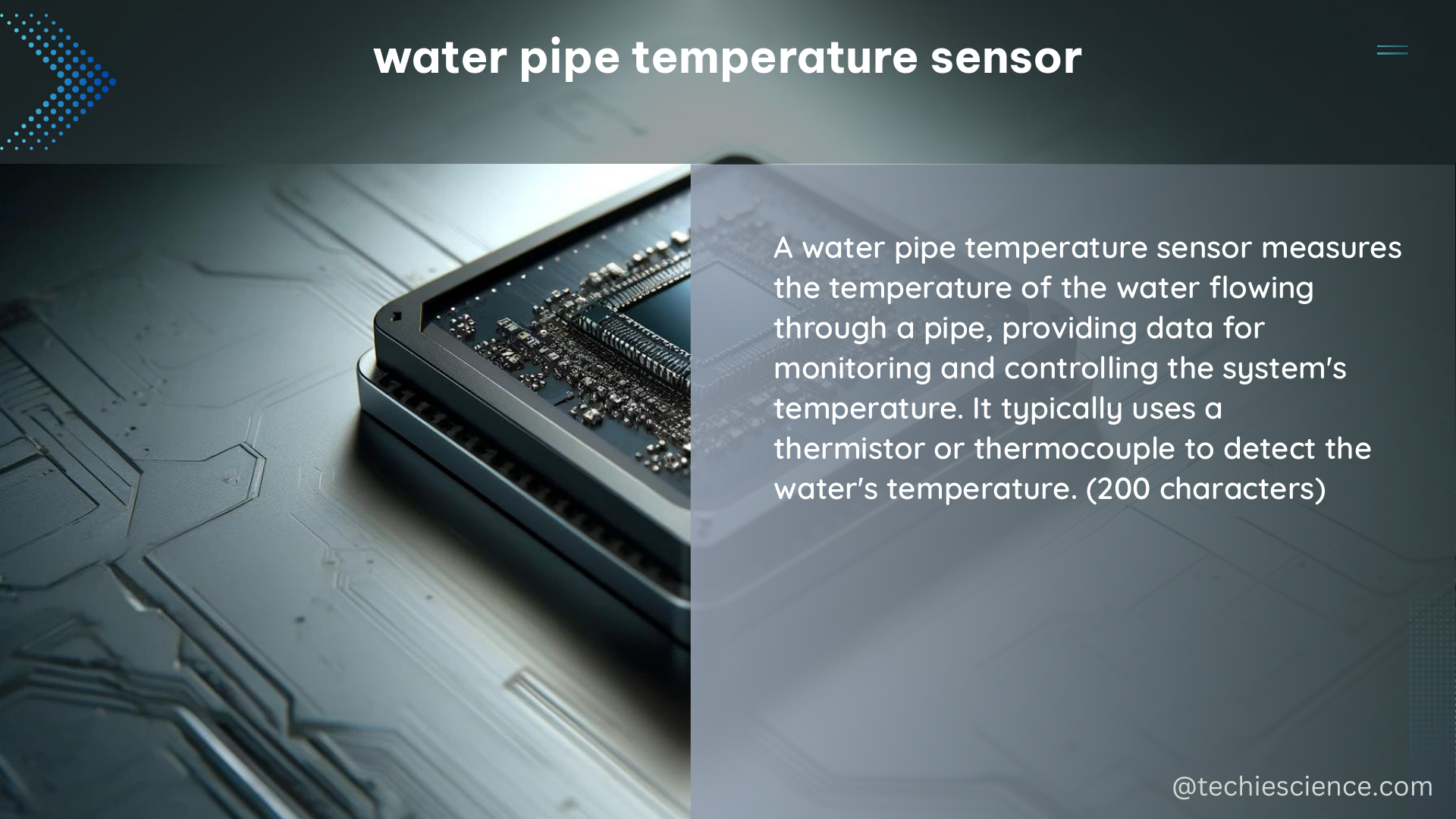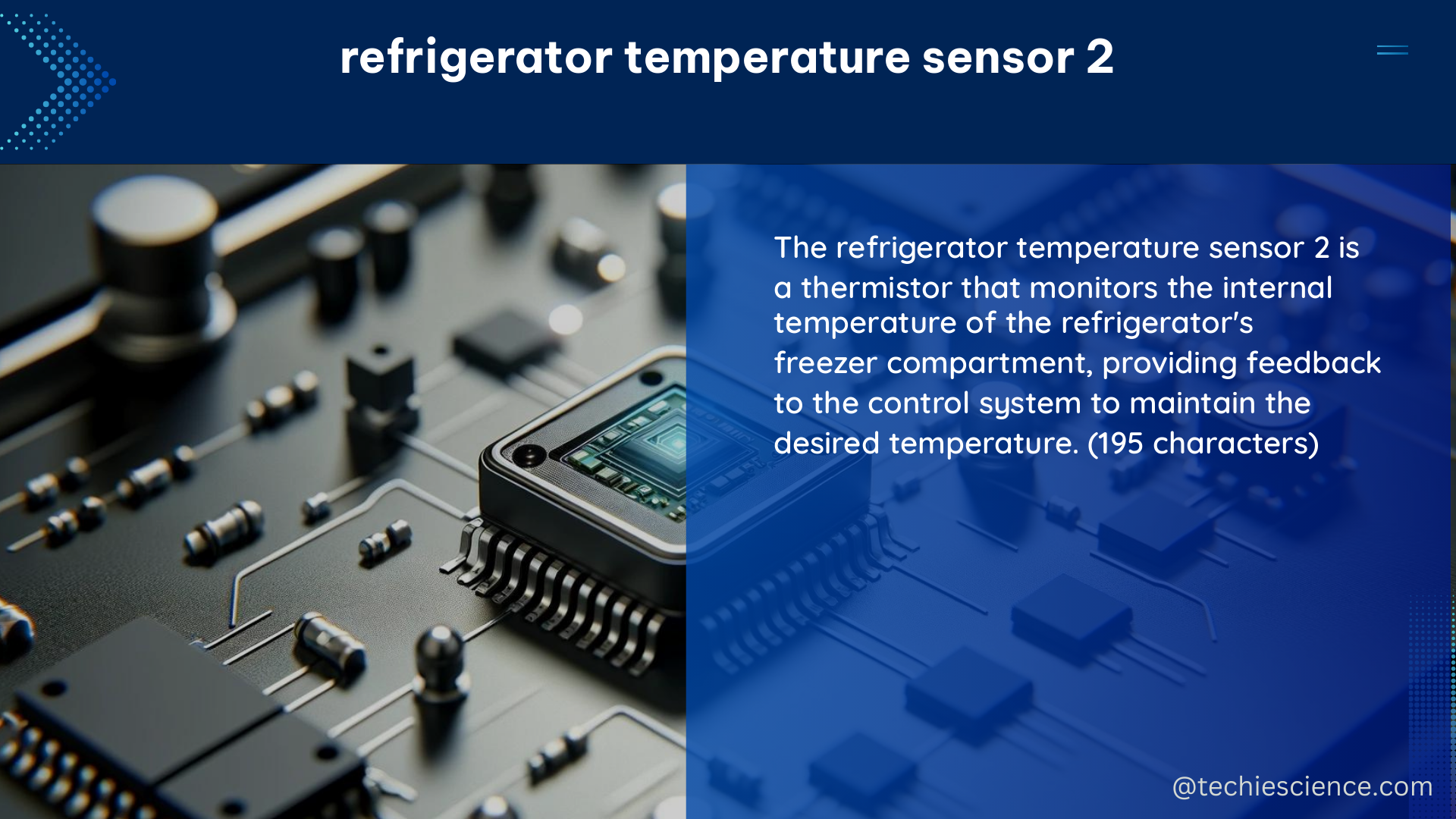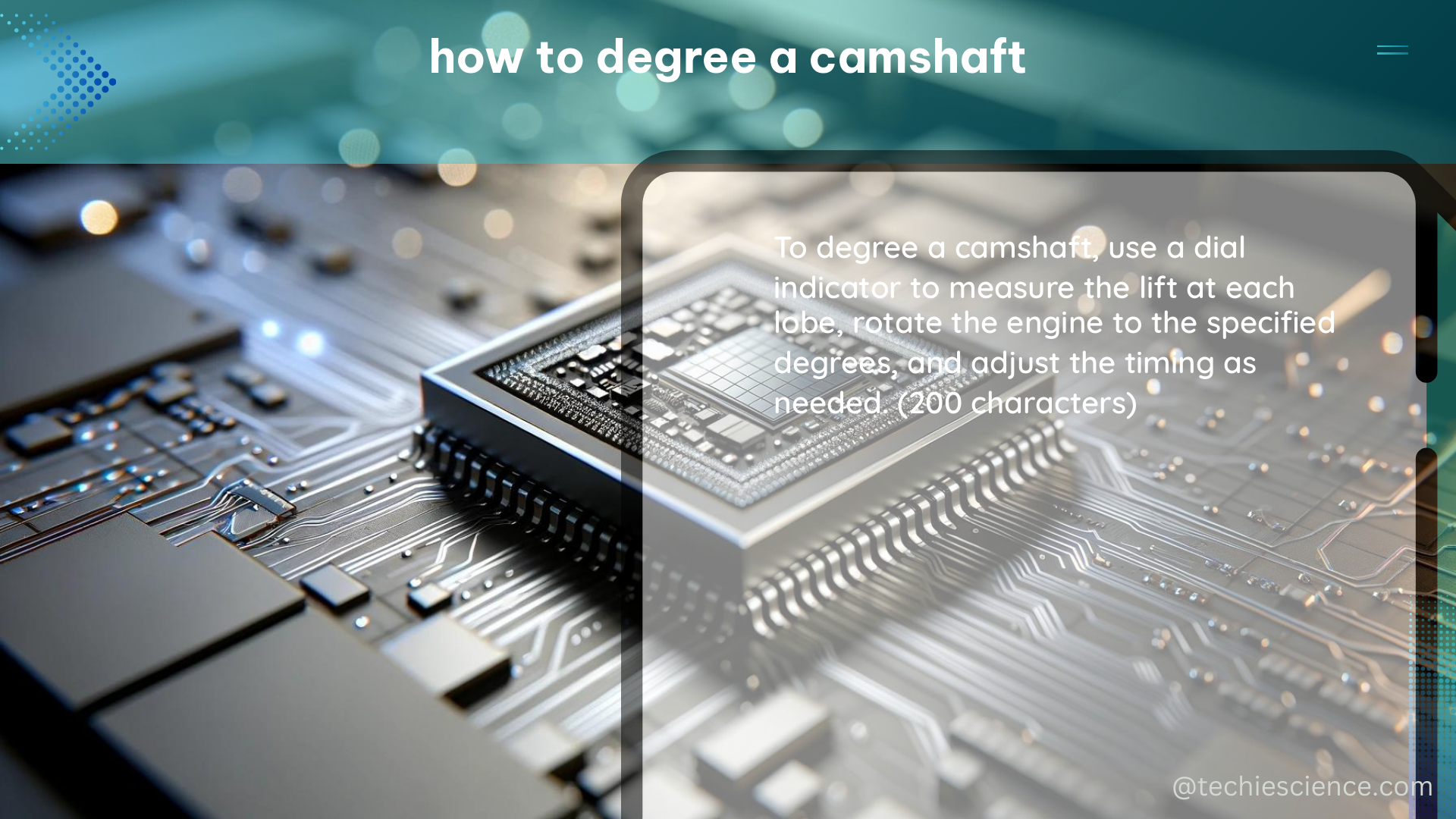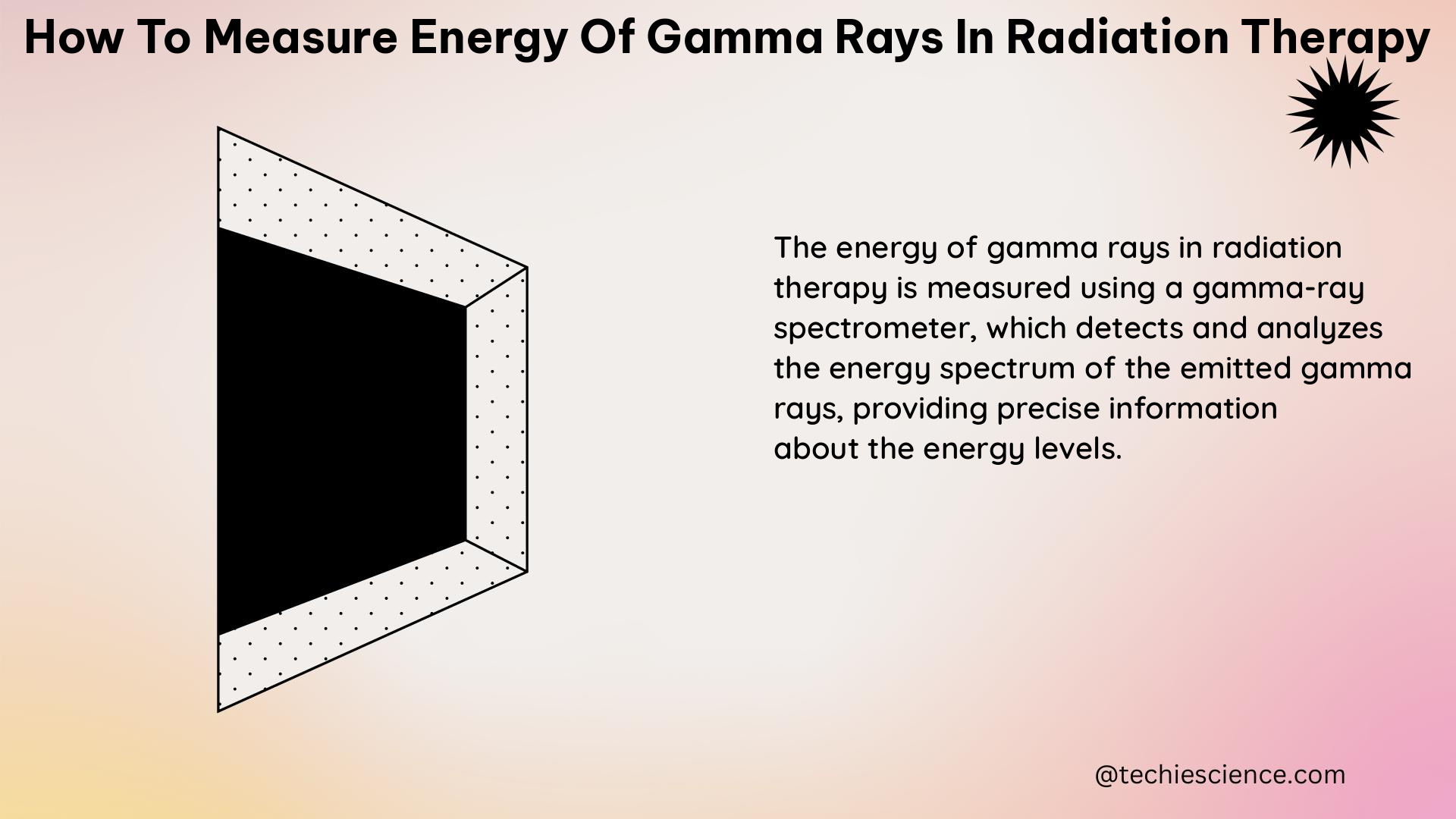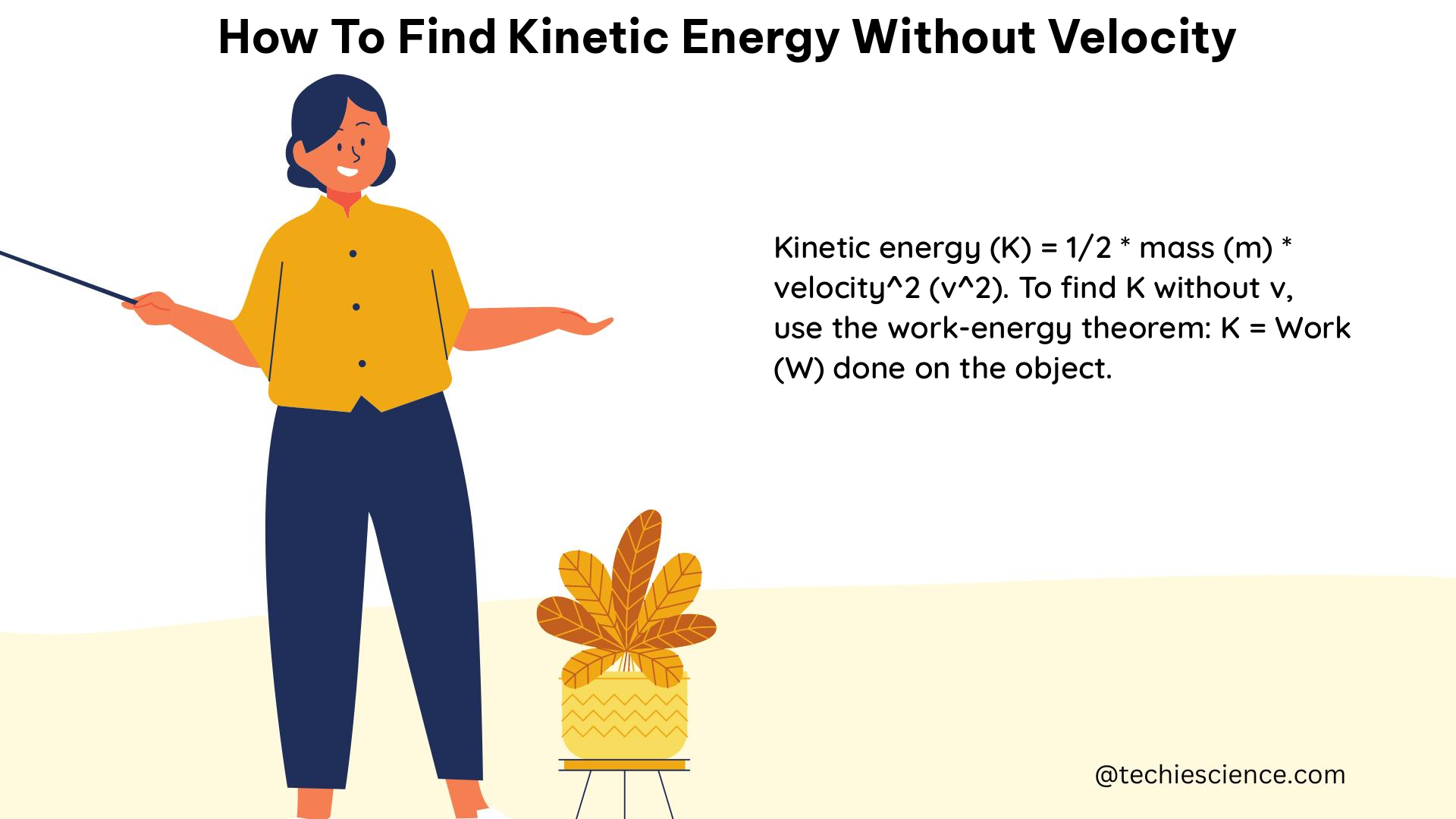Comprehensive Guide to Symptoms of a Faulty ABS Sensor
The anti-lock braking system (ABS) is a crucial safety feature in modern vehicles, designed to prevent the wheels from locking up during sudden braking. At the heart of this system lies the ABS sensor, which monitors the rotational speed of each wheel and relays this information to the ABS control module. When this sensor malfunctions, … Read more
